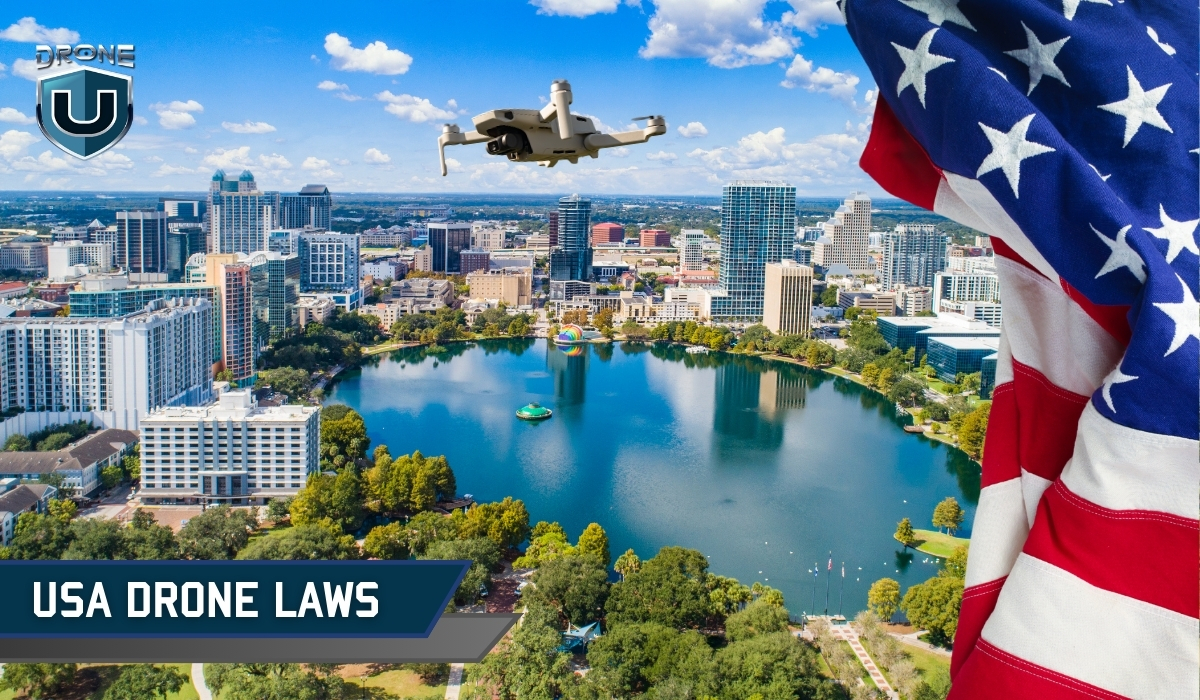AMann
Well-Known Member
I don’t believe that this diagram is correct. The FAA never measures altitude diagonally, or perpendicular to sloped terrain. I’m pretty sure they would describe AGL altitude as height above the ground, not measured at an angle other than 90 degrees.
You are right! I was just looking at that and realized the same. On the slope, it means the drone should be flying closer to the hill than shown in order to be 400’ AGL directly above it!
Just fixed it.
Last edited:










